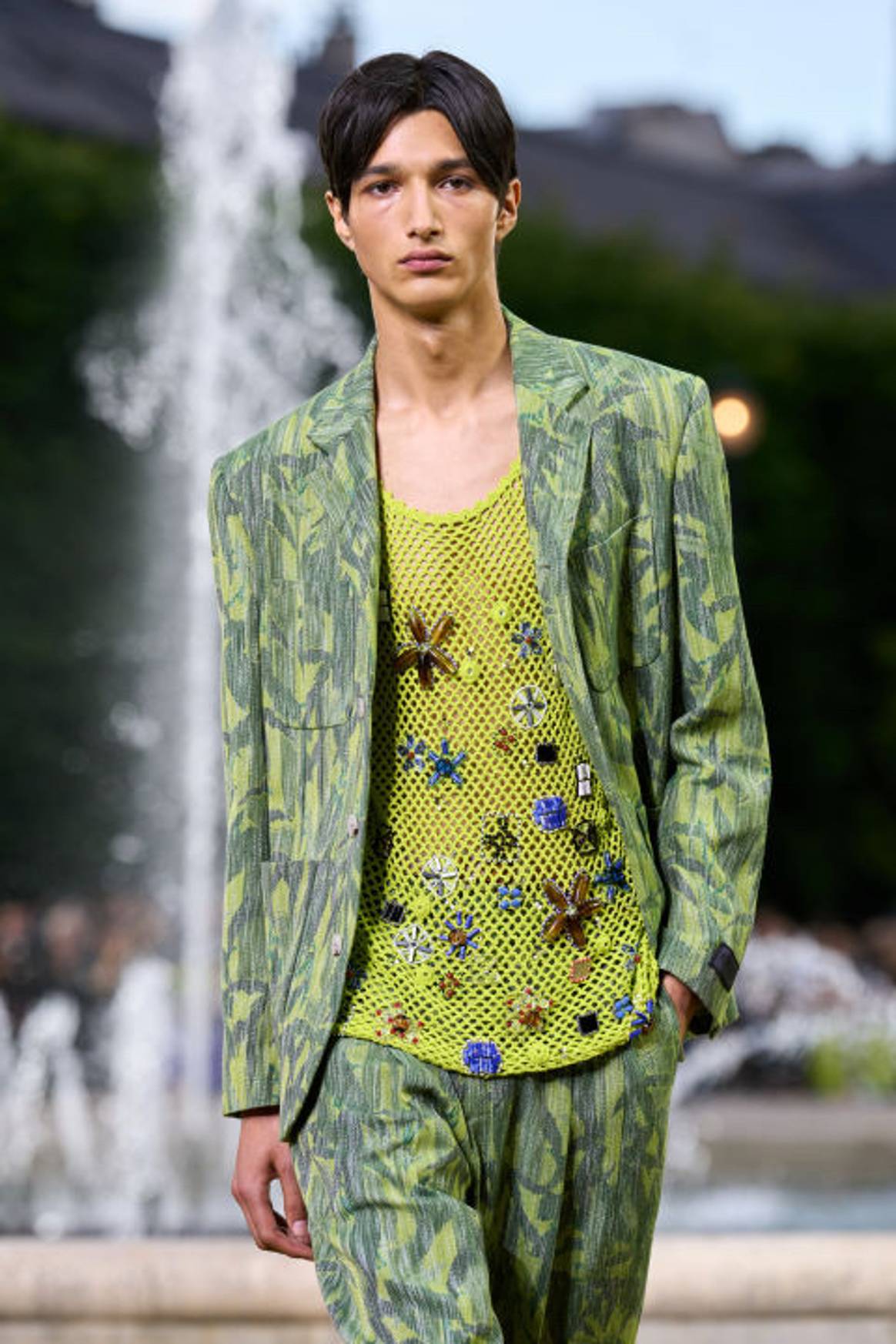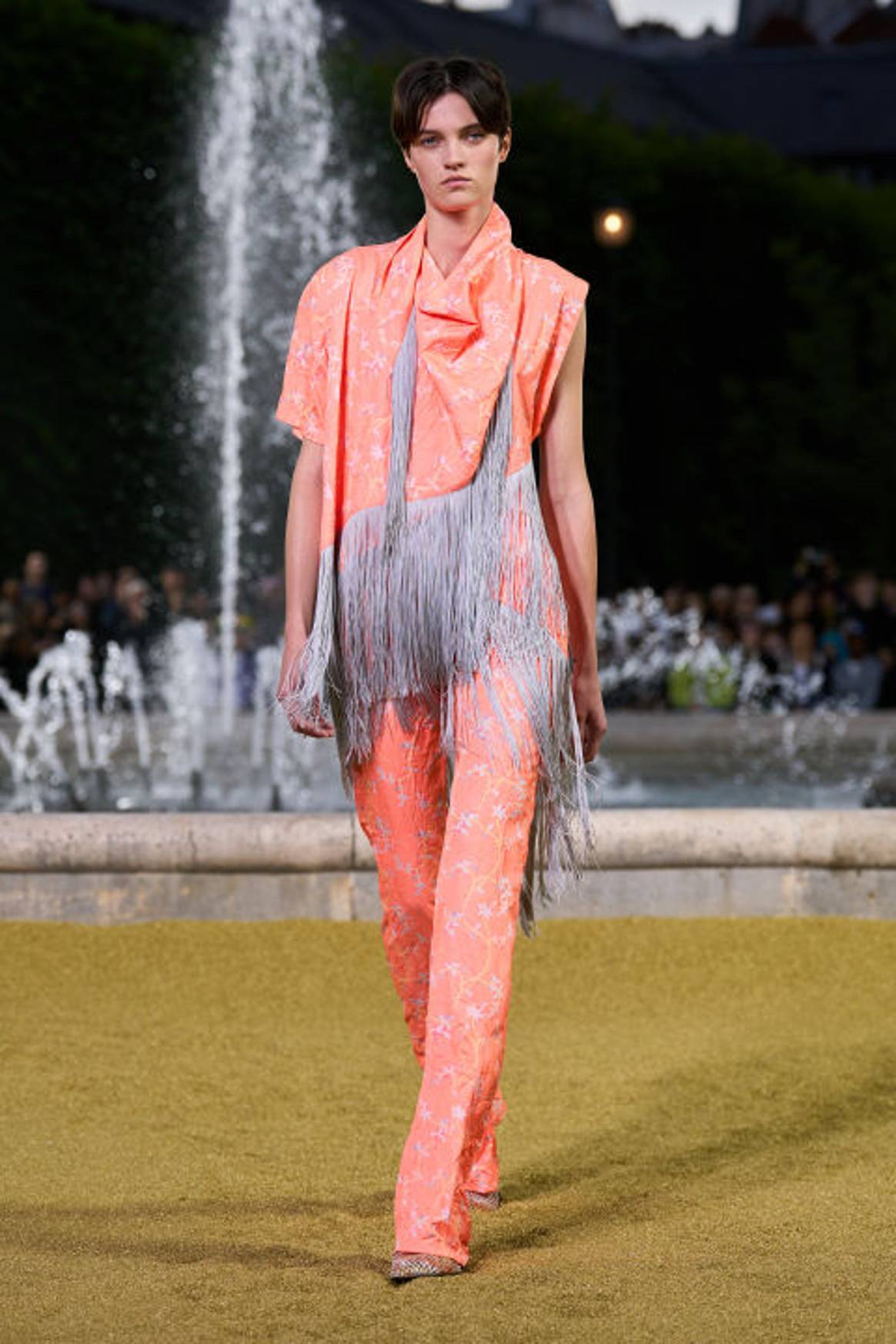Engaged in the clothing industry for 20 years.

Does LVMH have a Kenzo problem?
A day after Kenzo showcased its Spring/Summer 2025 collection during Paris Men’s Fashion Week, fashion industry insiders’ inboxes were inundated with newsletters questioning the future of the LVMH-owned brand, particularly under the current creative direction of Nigo.
Kenzo, for those unfamiliar with the brand’s heritage, flourished in the 1980s under Kenzo Takada, its founder, who skillfully blended Japanese design aesthetics with Parisian haute couture to create a unique style and design language. Renowned for his bold choices in print, fabric and colour, Takada was the originator of 1970s jungle prints. His comfortable and flowing silhouettes became more structured over time, but there remained a playfulness and emphasis on freedom of movement in his garments.
Now under the creative direction of Nigo since 2021, the brand may be facing challenges that could cause concern within the luxury conglomerate.
Urban jungle
Showing on Wednesday evening at the famed Palais-Royal, a cascade of leaf and palm-printed sporty tailored pieces opened the show, veering between various shades of green. Vibrant mesh tops, some embellished with starfish, and a silk story in a deep plum hue followed. Other prints in effervescent blue, yellow and coral – the latter seen in womenswear motifs – were perhaps a little too vivid, even for Nigo’s proposition of today’s urban jungle. For footwear, the traditional Japanese sandal was given a platform sole.
Who is the target audience that will be buying these pieces, is a question that remains cloudy.

Nigo, renowned for co-founding A Bathing Ape with Pharrell Williams and the mastermind behind Human Made, brought a streetwear-influenced aesthetic to Kenzo that initially generated buzz and attracted a younger demographic. Some are now questioning if it fully aligns with Kenzo’s heritage and audience or LVMH’s long-term vision for the brand.
Nigo’s tenure began during the pandemic, no easy feat, when Kenzo’s all-important Asian customer base was unable to travel to Europe during lockdown. After a few seasons of revenge spending, consumers are pivoting towards more timeless, investment pieces, even in Asia, where bold fashion tends to do better than in the West. Kenzo’s current direction may struggle to maintain desirability, even if sales are picking up in the East.
Financially, while initial excitement may have boosted sales, the long-term performance of Nigo’s collections remains to be seen. LVMH may be weighing whether this direction can drive sustained growth and profitability for Kenzo, even as the group grapples with larger issues such as appointing a lead designer at Givenchy and navigating a downturn in luxury spending.
These factors could prompt LVMH to reassess Kenzo’s strategy and Nigo’s tenure, especially if the brand’s performance fails to meet the conglomerate’s expectations in the coming seasons.



